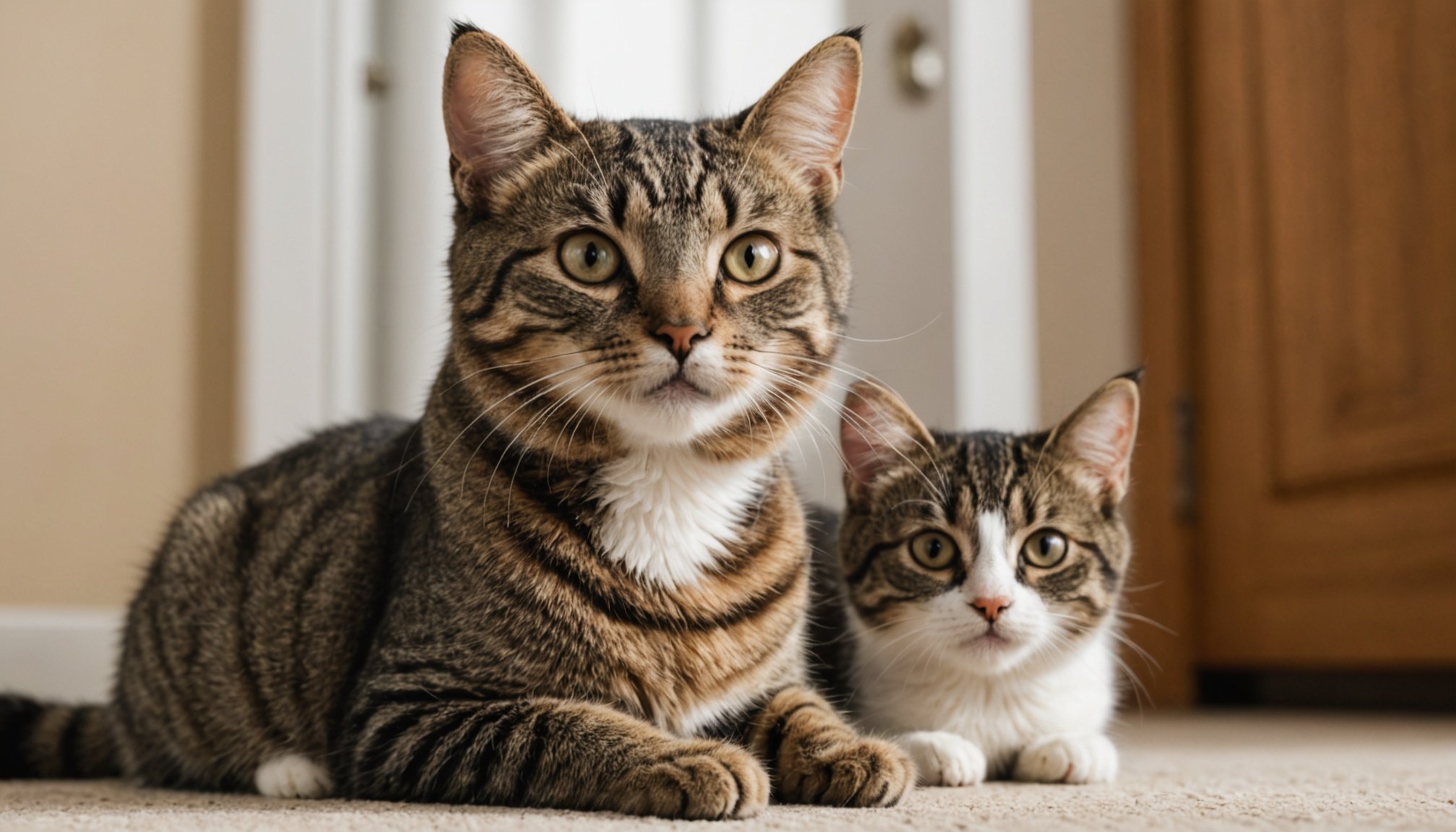Bringing a new cat into a household already blessed with pets can be an exciting yet challenging endeavor. As pet enthusiasts, you understand the significance of ensuring a smooth transition for your new feline friend while maintaining the peace and balance that your existing pets enjoy. The central question remains: how can this integration be achieved without stress or upheaval? Here, we delve into effective strategies that can assist in achieving a harmonious multi-pet home environment.
Preparing Your Home and Existing Pets
Before your new feline companion arrives, preparation is key. Creating a welcoming environment for both your new and existing pets is essential for a smooth transition.
Also read : What steps can I take to reduce the risk of my cat developing diabetes?
Establish Safe Spaces
A fundamental step is to designate specific safe spaces for your new cat and existing pets. These areas should be separate initially, providing a haven for each animal to retreat to when needed.
Understand Your Pets’ Personalities
Every pet has a unique personality, and understanding their temperaments can guide your introduction process. Some pets may be naturally curious and friendly, while others might be more reserved or territorial. Tailor your approach based on these traits.
Also read : Essential Nutritional Needs for Pregnant Queens: How to Tailor Their Diet for Optimal Health
Routine Familiarization
Introduce the scent of the new cat to your existing pets through items like bedding or toys. This scent familiarization can ease initial interactions and reduce anxiety.
Feeding Schedules
Establish regular feeding schedules for your pets in separate areas. This not only ensures that they get the nourishment they need but also prevents food-related aggression.
The First Meeting: Controlled and Supervised
The initial meeting between your new cat and existing pets plays a critical role in setting the tone for their future interactions. Here’s how to ensure it goes smoothly.
Gradual Introduction
Once your new cat has settled in its safe space, begin with brief, supervised encounters. Utilize a pet gate or a partially closed door to allow them to see and sniff each other without full contact.
Observe Body Language
Watch for body language cues from both parties. Signs of aggression or fear, such as hissing, growling, or raised fur, should be noted and managed accordingly.
Positive Reinforcement
Reward positive interactions with treats and praise. This reinforcement helps in associating good behavior with rewards, encouraging your pets to continue getting along.
Short and Sweet
Keep initial meetings brief to prevent overstimulation. Gradually increase the duration of these interactions as your pets grow more comfortable with each other.
Navigating Long-term Coexistence
After the initial introductions, fostering a peaceful long-term coexistence is the next step. Here’s how to maintain harmony.
Monitor Interactions
Even when your pets seem to be getting along, continuous supervision during their interactions is recommended. This ensures you can intervene if tensions rise.
Maintain Hierarchy
Respect the existing hierarchy among your pets. Ensure your current pets do not feel threatened by the newcomer, and provide them with the attention they deserve.
Play and Socialization
Encouraging group play can help strengthen bonds. Toys and games that encourage interaction can aid in nurturing a cooperative relationship.
Addressing Conflicts
Conflicts may arise despite your best efforts. Address these swiftly, ensuring all pets feel secure and valued. Consulting a professional if issues persist might be beneficial.
Successfully integrating a new cat into a household with existing pets is both an art and a science. It requires patience, observation, and a willingness to adapt. By taking deliberate steps to acquaint your pets, you foster an environment of peace and happiness for all. The reward is not only in the sight of your furry companions coexisting harmoniously but also in the joy and companionship they provide daily. With careful planning and attention to each animal’s needs, your household can thrive with the new addition. Remember, a little preparation goes a long way in creating a joyful, multi-pet home.










